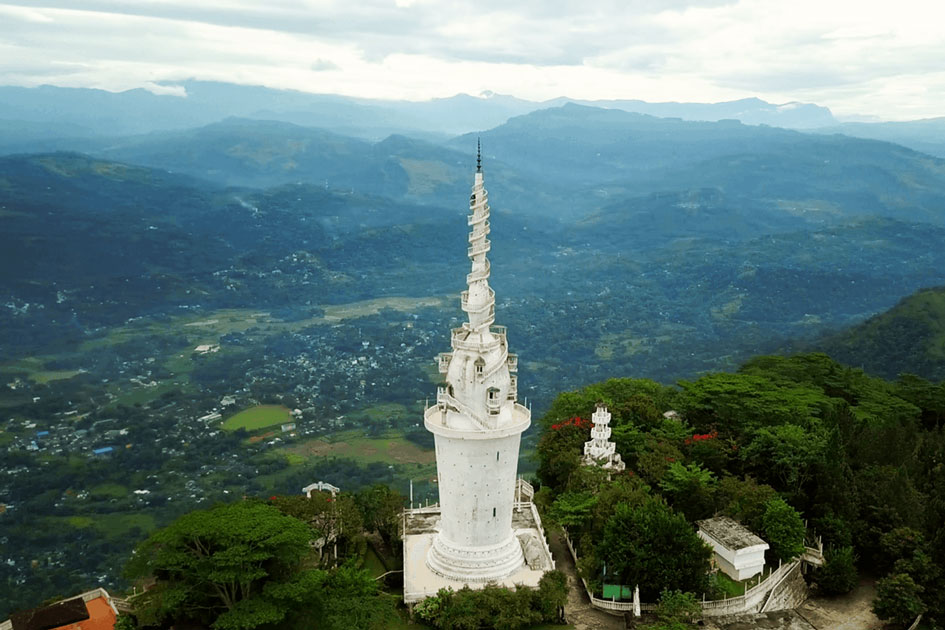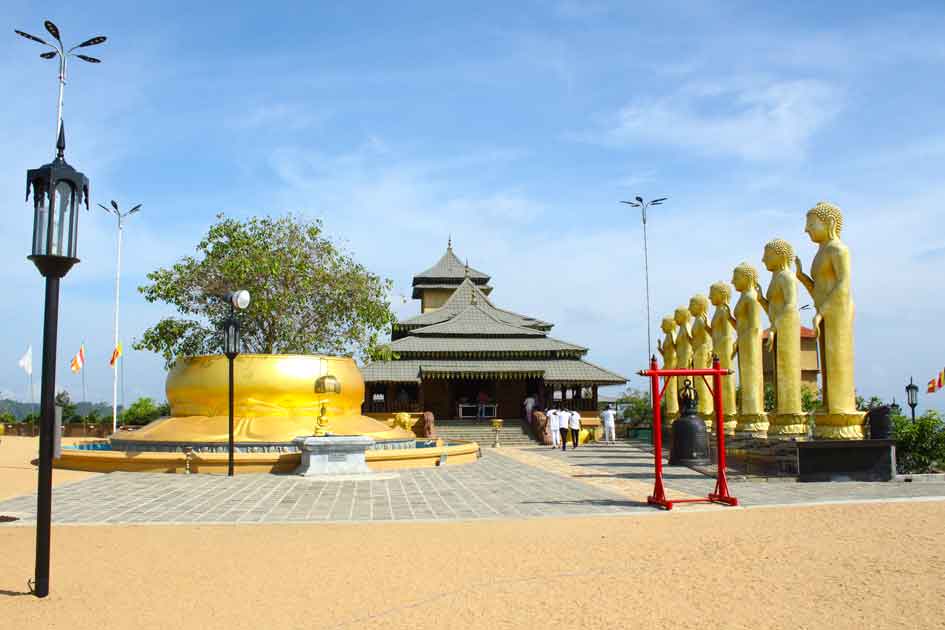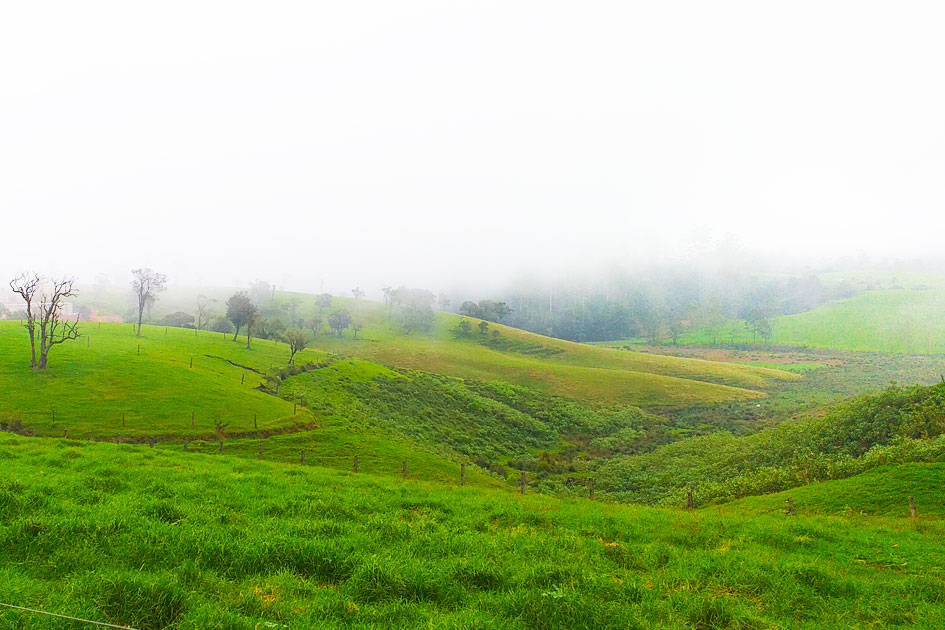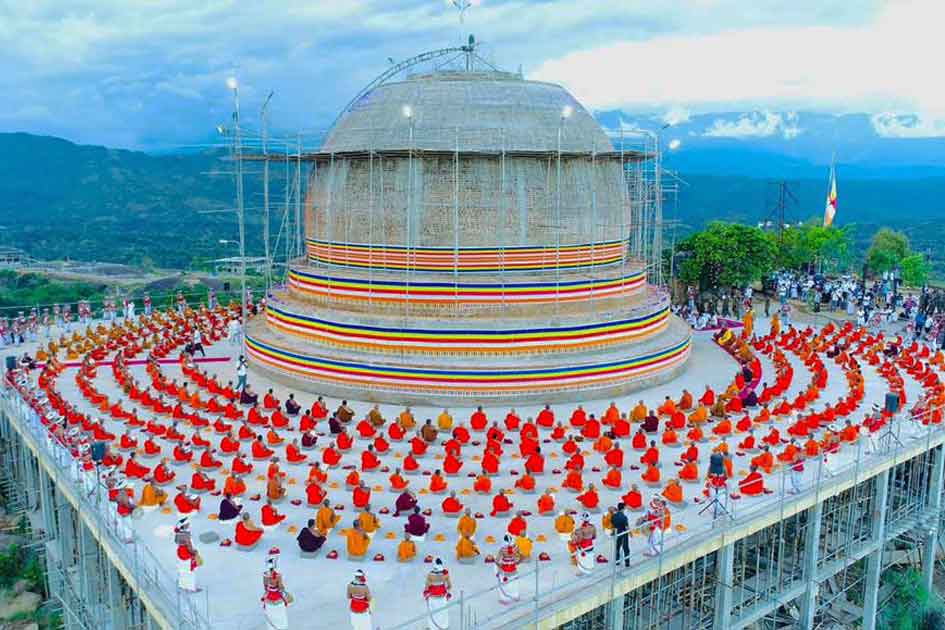Galle Fort
Galle Fort, also known as the Dutch Fort, is a busy port trading with some of the greatest forces of the time, according to Ptolemy's World Map from the 2nd century AD.
Galle Fort is a fortification re-founded by the Portuguese on Sri Lanka's southwest coast. The first fortifications, built in the late 16th century, were very primitive. The fort, on the other hand, was heavily modified by the Dutch in the 17th century, making it one of the most important archeological, architectural, and historic monuments illustrating European influence in Southeast Asia between the 16th and 19th centuries.
According to UNESCO, the site was designated as a World Heritage Site because of its rare exposition of an urban ensemble that depicts the interaction of European architecture and South Asian practices from the 16th to the 19th centuries, which is the fourth criterion for such designation.
Early History of the Galle Fort
Galle's earliest records date from the 2nd century AD when it was mentioned in Ptolemy's World Map. It was said to be a busy port, trading with some of the world's most powerful nations at the time, including Greece, Arabia, and China. Galle is also mentioned as a port of call for the ship Levant by Cosmas Indicopleustes, a 6th-century traveler, during his visit to Sri Lanka.
Another well-known traveler, Ibn Batuta, who lived in the 14th century, mentions passing through the port on his way to Sri Pada and Tenavaram Temple, two of Sri Lanka's most famous sites at the time. The Portuguese first landed in Galle in 1505, when they embarked on their first foray into the unknown (to them) lands of Sri Lanka.
They took advantage of their alliance with the king of the time to make significant improvements in the region, including the building of the first fort and a Franciscan chapel in 1541. (The chapel's ruins can still be seen today.) The original fort, known as 'Santa Cruz,' was made of mud and palm trees, and it was later expanded with a fortification, watchtower, and three bastions.
With their growing strength, the Portuguese moved to Colombo but were forced to return to Galle in 1588 when their Colombo base was invaded by Sitawakan king Raja Singha I (1581 – 1593). Later on, as the resistance to them grew, they used the fort as a prison camp. After a joint assault with the Sinhalese king of the time, King Raja Singha II, the fort was captured by the Dutch.
The Dutch Takeover
With their growing strength, the Portuguese moved to Colombo but were forced to return to Galle in 1588 when their Colombo base was invaded by Sitawakan king Raja Singha I (1581 – 1593). Later on, as the resistance to them grew, they used the fort as a prison camp. After a joint assault with the Sinhalese king of the time, King Raja Singha II, the fort was captured by the Dutch.
Within the fort's walls, there was a Protestant church,public administration buildings, business structures, and trade and defense structures like smithies, carpenters' workshops, warehouses, rope makers' workshops, residential quarters, the Commander's residence, a gun house, and an arsenal, and so on. The Protestant church was built, ironically, with baroque architecture, which was used to establish and display Catholicism's dominance. Another legacy of the Dutch is their elaborate sewer system, which floods at high tide and empties into the sea as the tide recedes. The Dutch surrendered the Galle Fort to the British a week after capturing Colombo. Because the British used Colombo as their main base, they paid little attention to Galle, and the fort's importance waned over time.






